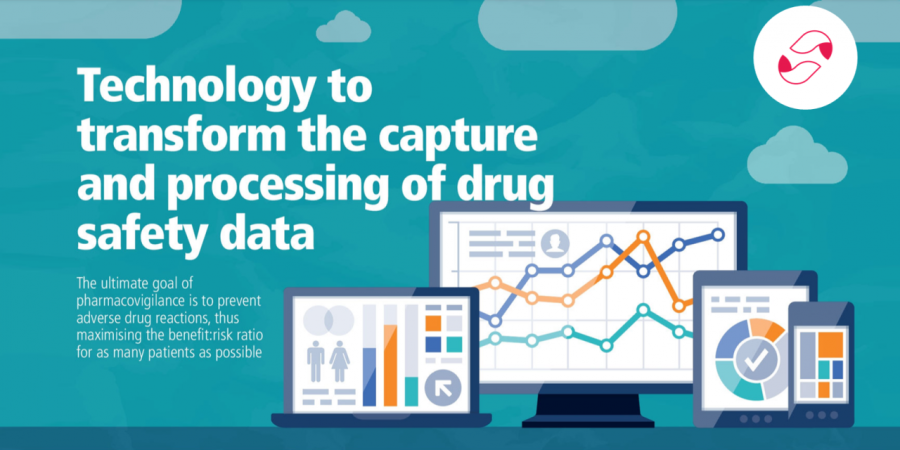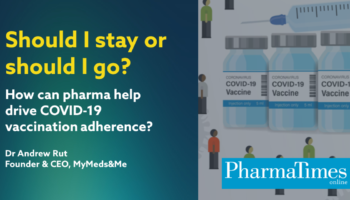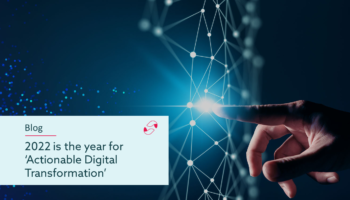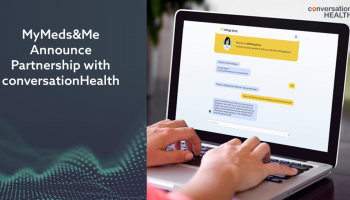by Dr. Andrew Rut, CEO & founder
The ultimate goal of pharmacovigilance is to prevent adverse drug reactions, thus maximising benefit-risk to as many patients as possible. Prevention relies on first detection, followed by determination of causal association, and finally communication through updated labelling and other materials. In an ideal world, pharma gets early sight of potential issues by collecting relevant data direct from the patient, their caregiver or healthcare professional (HCP) and routing it for immediate analysis. In contrast, pharmacovigilance systems often still involve multiple intermediaries with numerous hand-offs and a focus on paper; therefore processes remain slow, resource intensive and complex.
The market authorisation holder (MAH) receives safety data in the form of adverse event reports in a variety of different ways, including call centres, emails or even faxes coming into the pharmacovigilance team or alternatively via regulatory authorities. Inevitably the variation between processes across these different sources leads to inconsistencies in the data or worse still no data at all, given that most people have no understanding of how or where to report. Consequently, the recording, processing, and reconciliation of safety reports across different intake routes is a highly manual, laborious process, requiring extensive review and resource-intensive follow-up cycles to address issues with discrepancies and/or incomplete data.
Why does this matter?
Robust pharmacovigilance relies on a body of complete, structured and timely data. However, the siloed and protracted nature of traditional safety reporting systems leads to significant gaps in time and content from the occurrence of the adverse event to analysis and decision making. All too frequently, the opportunity to collect data is lost for good and requests for follow-up are usually unsuccessful.
Imagine if instead data capture solutions were placed in the hands of patients or those HCPs working directly with patients, whether in a healthcare setting or as part of post-approval programs. Digital technology offers the opportunity to transform the end-to-end pharmacovigilance systems by automating the process from initial reporting of an adverse event through to data output for analysis. With the volumes of data being captured, processes need to be in place to collect, structure and collate data across all sources in a standardised and intelligent way to provide meaningful insights and improve overall patient safety. This can be achieved through the following considerations:
Increase the proportion of reports from the source
Surveys demonstrate that only between 1:10 and 1:1000 patients experiencing an adverse drug reaction (ADR) actually report that ADR1. Therefore, a clear, uncomplicated reporting process is essential to simplify reporting and maximise the number of useful reports captured without the requirement for increasing human effort. Eliminating delay from the time an adverse event occurs, through to the time it takes to be reported and reside in the MAH’s safety database ensures analysis can take place immediately.
The ubiquitous nature of technology now means that providing a simple web interface can empower patients, their caregivers, or HCPs to report adverse events as close as possible to the event occurrence. Not only does this reduce the pressure on call centres, but every time a new step is introduced to the reporting process the quality of that data is also eroded. Consequently, facilitating immediate, direct reporting can improve the robustness and reliability of the data collected.
Ensure data is right first time
Incomplete and unstructured data is a constant challenge for pharmacovigilance teams. Inconsistencies increase the need for manual review and follow-up to address critical gaps in information. The introduction of a centralised solution for capture of safety data across all intake routes enables all reporters - patients, HCPs, call centres or staff running post-approval programs - to capture consistent, relevant, and reliable information from the outset.
One of the benefits of digital technology is that it can guide users through the process in their local language to ensure all key information is completed and coded. Technology offers flexible interface design to encourage engagement and elicit required responses, for example users could be presented with a simple form, or alternatively could be offered a chat-bot experience to support them as they work through to completion. Technology also simplifies the translation of local language reports into English, the ‘Lingua Franca’ of pharmacovigilance.
In either situation, dynamic workflows prompt the user to provide additional information by triggering specific questions based on responses to ensure important data is collected on the first interaction. This dramatically reduces the occurrence of missing data and therefore the need for resource intensive and often unsuccessful follow-up. Furthermore, digital solutions can be updated simply, quickly, and globally in light of new requirements for data capture as new signals emerge, to investigate areas of particular medical interest, or following updated risk management commitments.
Facilitate real-time analysis
The overarching purpose for streamlining the pharmacovigilance process is to provide high quality safety data, more consistently, more rapidly, and with less manual effort. Digital transformation reduces the reliance on human processing through the capture of relevant, structured/coded data at the point of contact. Data is seamlessly transferred between systems, removing the need for the time-consuming and tedious manual reconciliation, and ensuring information is available in real-time for analysis and insights. Thus, digital technology is able to expedite decisions regarding potential risks and benefits associated with medicines.
Data driven insights
Signal evaluation and causality assessments of events and their relationship to the drug in question rely on robust data. Such analyses are possible only if pharma captures sufficient data from which to determine which factors are linked to the drug product and which are unlikely to be associated.
At the time of a market authorisation, the knowledgebase concerning the safety profile of a new medicine is very narrow given the limitations inherent in clinical trials. Following product approval and launch into new markets pharmacovigilance teams are tasked to proactively understand the product risks (both known and unknown) in a real-world setting. As the pool of data grows, insights regarding the impact of background disease, lifestyle, genetics etc. are uncovered so that the prescribing and use of medicines can be refined accordingly and subsequently communicated to the healthcare community or patients.
As products mature, pharmacovigilance focus turns to three areas: product quality, including manufacturing issues; new drug interactions; use in as yet unapproved disease areas or groups (e.g. children). Whilst the baseline profile has been set, it imperative that data continues to flow ensuring pharmacovigilance teams can spot new patterns easily and quickly.
Absence of evidence is not evidence of absence
To create a true picture of product safety, pharma has a responsibility to capture as much available data as possible. Technology is essential to achieve this goal by enabling systematic capture of standardised information direct from source. Reducing the burden on call centres, removing the need for translation, and ensuring key information is captured first time so that arduous and often unsuccessful follow-up cycles can be avoided.
This provides pharma more complete, accurate and timely data on which to base their assessments so they can provide advice and guidance that helps HCPs and their patients take action to reduce any potential risks.
Ultimately ‘First Do No Harm’ applies across pharmacovigilance2, so it is important that data is seen as a friend versus the spectre to be feared. Good data drives good decisions that in turn ensures patients have good information on their medicines. Only in this way do we drive trust in healthcare and adherence to medicines.
References:
1. Under-Reporting of Adverse Drug Reactions. A Systematic Review
2. First Do No Harm – The report of the Independent Medicines and Medical Devices Safety Review
This article was originally published in the March 2021 edition of Manufacturing Chemist










